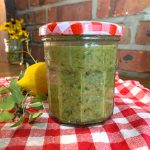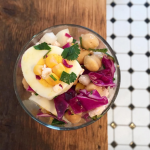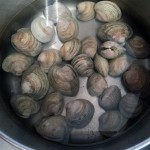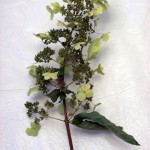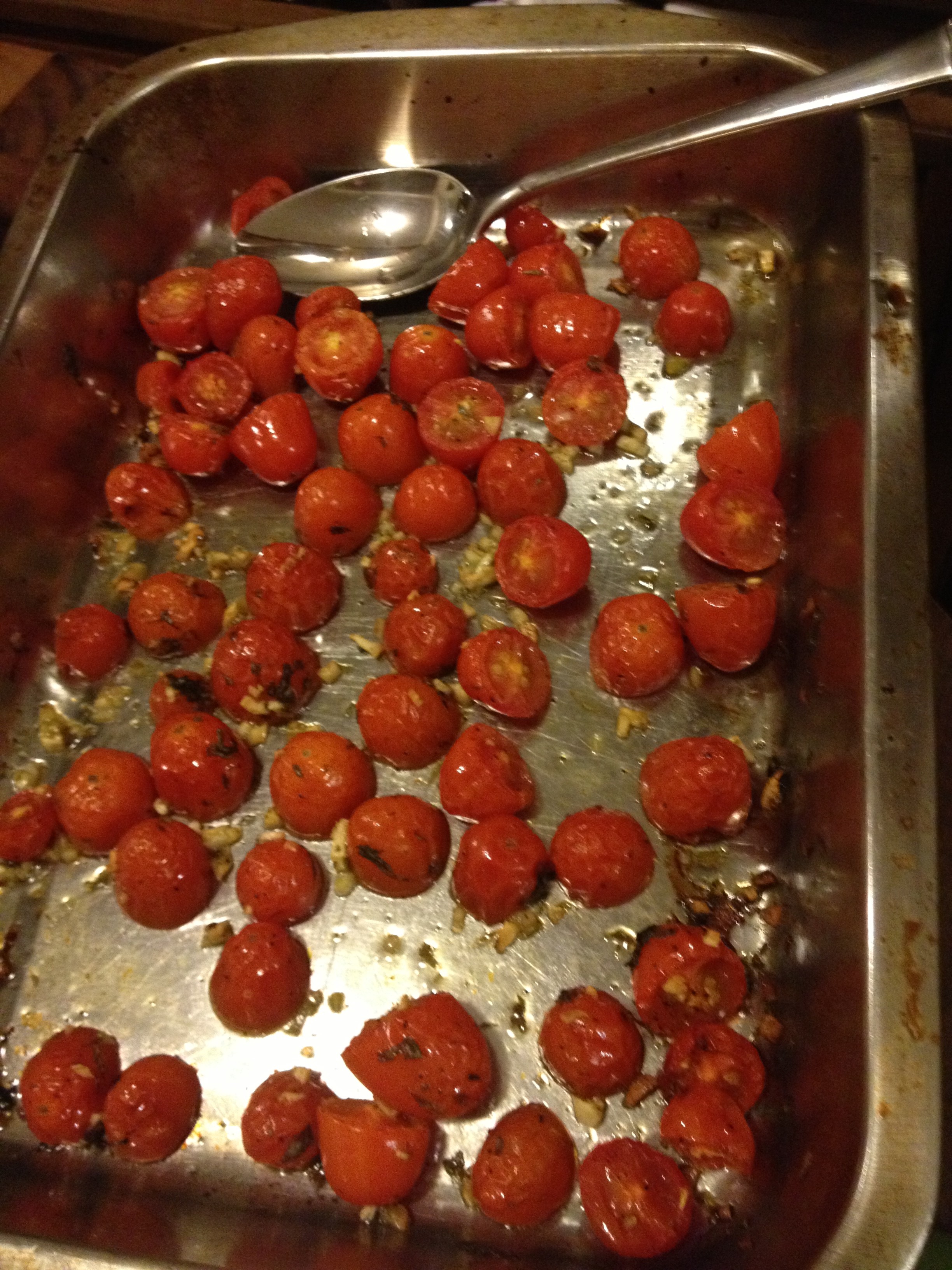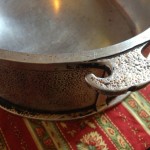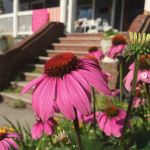Disclaimer: One week I’m writing about coconut oil and the next this. I hope you guys don’t think I’ve totally lost of my mind…
It was an hour before my parents were arriving to go out to Bungalow Bar for a Father’s Day brunch when a friend of mine texts saying “There’s a hatchling bird on the cement in front of Key Food. It can’t even lift its head.” My stomach got sick.
I took a few minutes, “Am I willing to go through this?” I don’t know how I often find myself in these situations. Deciding whether or not I’m going to expend the physical and emotion energy in an attempt to save an animal’s life. But here I was… again. I blindly ran over with a box to get the bird, not showered and not ready to celebrate with my father.
I stepped slowly and carefully once I turned the corner on 90th by CVS. Everyone else was walking fast, not looking at the ground. Any second the bird could’ve been crushed. I spotted him and hurried over. I was shocked at his vulnerability and fetal appearance. He was maybe two days old. The hatchling looked like a miniature prehistoric dinosaur.
I couldn’t find my heating pad so I ran back to CVS but without my wallet – I wasn’t
clear-minded. I went home, grabbed some cash, headed back yet again and started welling up at the register. I was so stressed.
Matt was home but working all day so he watched Chirpy while I was with my parents. My mind kept wandering and wondering about our new hatchling.
We read about feeding and basic care. Using wet mushed cat food on a skewer, we fed Chirpy and he was eating and using the bathroom. I’ve actually done this before. Well, I helped my sister Natalie when we were kids. She saved two birds and feed them in a similar way. Squawker, our crow after his release would come and visit the kitchen window, saying hello (squawk! squawk!) and bringing us little presents. Naively, I thought that Chirpy would fill with feathers, learn to fly and maybe even come back to visit me while I sat outside having my morning coffee.
We determined that Chirpy was a sparrow or a starling. His skin was translucent. It was surreal seeing his chest move up and down. Sometimes the universe gives us an opportunity to take a step back, for me this was a reminder of how delicate and precious all life is. And a reminder that there is a whole world happening around me, outside of my own little bubble.
Things took a turn for the worse Tuesday afternoon – 36 hours after we took Chirpy in. He stopped eating. I tried every half hour, ignoring all my responsibilities for the day. He passed in the afternoon at 4:35pm. It was exhausting but I have no regrets with Chirpy. He was a special little gift.
RIP Chirpy.
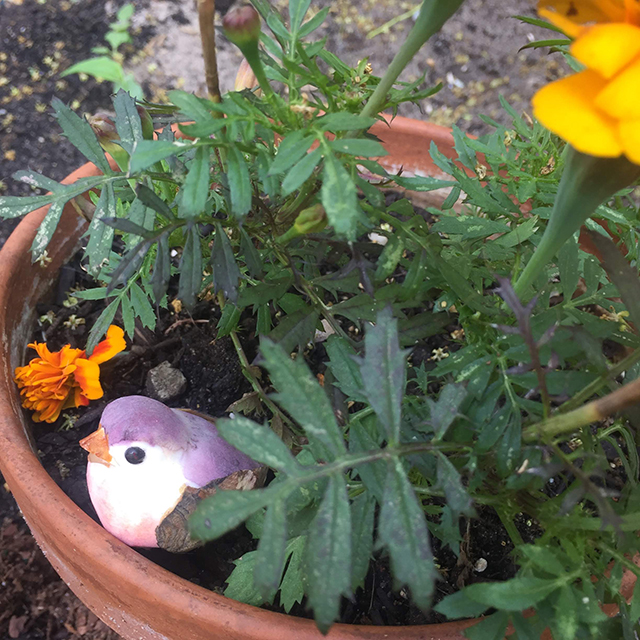
I made a little memorial where we buried Chirpy in the yard
by Paula D.
on July 2, 2018 11:54 am in Gardening
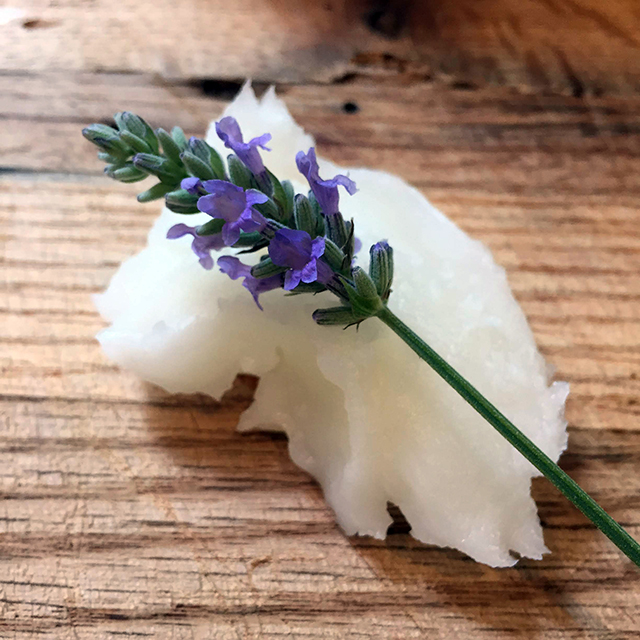
When did coconut oil become so popular? My jar ran out after a long three months and I realize now how much I use it.
Besides cooking delicious Indian foods, or using it in place of butter and shortening, coconut oil has so many other uses.
First the obvious. Raw organic coconut oil is wonderful as a skin care product. A 16 oz. jar is around $5.00. Using the oil as a moisturizer is less expensive than buying those fancy over-marketed creams and lotions, which often use coconut oil as the base ingredient anyway. Take it a step further and mix coconut oil with peppermint, tea tree, or rosemary. Apply it to your skin and you’ll ward off mosquitoes! If you have dry skin, use coconut oil on your face in small amounts. Add vitamins C, a collagen producing anti-aging vitamin, and you’re all set.
Recently, I learned coconut oil is perfect for removing eye makeup. I ran out of my cleansing wipes and randomly remembered my mother used cold cream back in the day. Since that’s made mostly of fats, I thought coconut oil (99% fat) would have a similar effect, and it did. I always wear makeup (you can take the girl out of long Island, but…) so this new discovery – a one stop shop skin care regiment is totally appealing.
Coconut oil and your hair – use it to combat a frizzy bad hair day. The oil is also a detangler and if you have dandruff, rub it on your scalp. If you have dry hair, coconut oil can be used as a deep conditioner… slather it on!! Dudes – if you’re going for the “Kenickie” greaser vibe, look no further than a jar of coconut oil. That totally hot style should really come back.
Coconut oil smells good and it can clog pores if liberally applied. Yes, I’m talking about using it as deodorant. Maybe this is why everyone in Rockaway smells so summery and beachy? Coconut oil has antibacterial properties which protect against odor-causing bacteria. If you’re going to CROM for a morning workout you may need something stronger, but if it’s a day laying on the beach or a bike ride to Low-Tide bar, you’ll be coconut fresh!
For centuries in tropical countries around the Pacific Rim and Asian the oil has been used for all the above I mentioned (maybe not deodorant?) as well many medicinal uses, for cooking and the coconut shell fibers were woven into baskets and used for clothing. So actually, the popularity of coconut oil isn’t a new thing at all, but rather a rediscovery.
by Paula D.
on June 18, 2018 12:32 pm in Gardening
Previously published in The Wave.
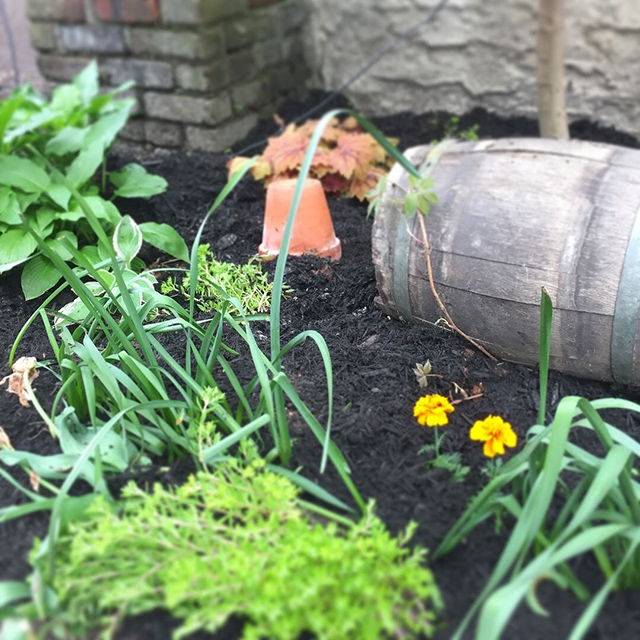
For the past four years, our backyard has been a renovation dumping ground. Now that the house is essentially done, we wanted to clean things up and start the backyard garden for the summer.
In April, I watched this awesome show on Netflix called Love Your Garden. It’s hosted by Alan Titchmarsh, a professional English gardener, poet and gardening journalist turned TV personality. Alan and his quirky, knowledgeable team visits homes around the United Kingdom helping people transform their gardens. The families are deserving, having overcome difficult hardships, such as a husband who lost his legs in Afghanistan or a family with a special needs child that can’t get around and play in the backyard. The show is so inspiring and the gardens they build are lavish… maybe a little too lavish. “Matt, I think we need a water feature in the backyard. Alan said the sound of streaming water will create a tranquil outdoor living space.” “You live 100 yards from the 2nd largest stream on the planet, NO.”
But I never give up, never give in: “And since I love cooking, it makes sense to build an outdoor brick pizza oven. Alan said if you enjoy entertaining you should have an outdoor kitchen in the garden.” “Oh, sod off Titchmarsh!” Matt grumbled, killing my dreams.
After looking at our bank account and getting some pricing from landscape architectures and masonry companies, I realized my gorgeous English country garden with a cascading waterfall pond, outdoor kitchen, scarlet honeysuckle trellis entry and raised teak vegetable garden beds was not happening this year. Or possibly ever. Wanting to enjoy the yard in some capacity, I decided a DIY backyard garden was my only option. Matt was relieved that my mind drifted back from across the pond, back to reality.
Our yard is mostly concrete and sand – a challenge. There is one large strip of plantable area – about 5ft by 100ft feet long. I bought three car loads full of shade tolerant plants and some annuals (petunias, marigolds and creeping jenny) from Lisena Garden Center. I was ready to get to work. Sifting through chips of our old asbestos siding, broken glass and concrete in the “soil” was a terrible task. I added 20, 40 pound bags of compost once cleared. To combat the weeds and make things look pretty, I mulched the whole stretch after planting – back-aching work. It took a solid two days just for this section.
We had slate pavers left over from the front garden pathway so it made sense to make a patio over “sandbox” one. We hired help to get that job done. In the other “sandbox” section we used a few pieces of slate as stepping stones, connecting the main house to the bungalow. Between the stones we planted grass seed. I very clearly remember Matt telling me two years ago when we built out the front garden, “Grass is TOO Long Island.” How the tides have turned. Matt has become oddly obsessed with watching the grass grow. Every morning he’s been checking on it. He waters it daily. He sends me pictures of the grass. He gets on his hands and knees sometimes, evaluating the growth at eye level. One night, I saw him out there with his iphone flashlight!!
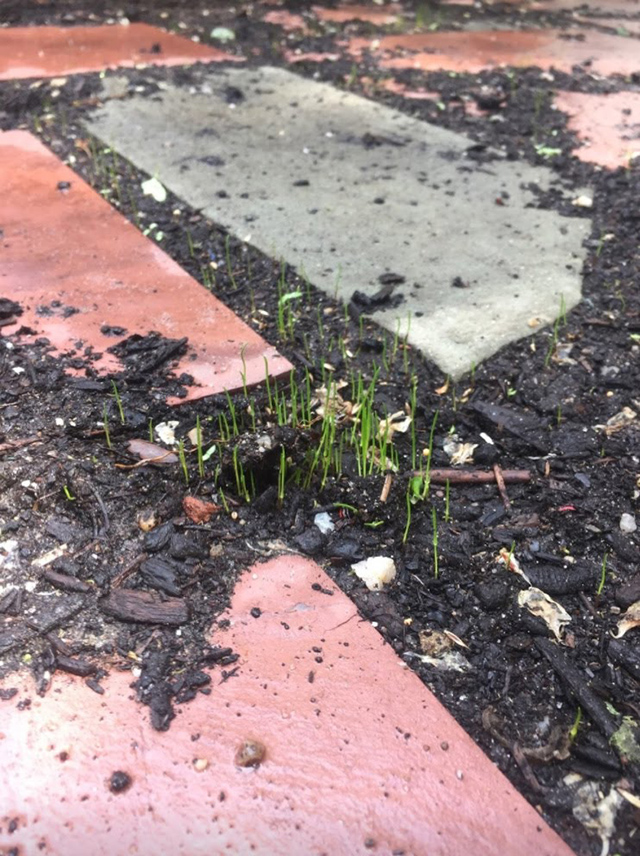
The rest of the yard is a concrete jungle. We thought to use planters to break up that space. Some we had and some Matt built. Three planters Matt upcycled, constructing them out of old porch columns! To finish things off, we found second hand furniture. We’re not in love with it, but it will due for now.
I should have known better, going through the house renovations that an instant backyard was unrealistic and actually not the best approach. I’ve learned it’s better to live with it for a while. On paper for example, a dining patio may look great in one location but after a few BBQs, you may realize it’s better to have the table closer to the back door, which leads into the kitchen. I was telling my father-in-law Jerry about the backyard and said to him, “Yeah it will take a few years for us to suss it out.” He said, “It will take a lifetime, but that’s the fun of it!”

Before
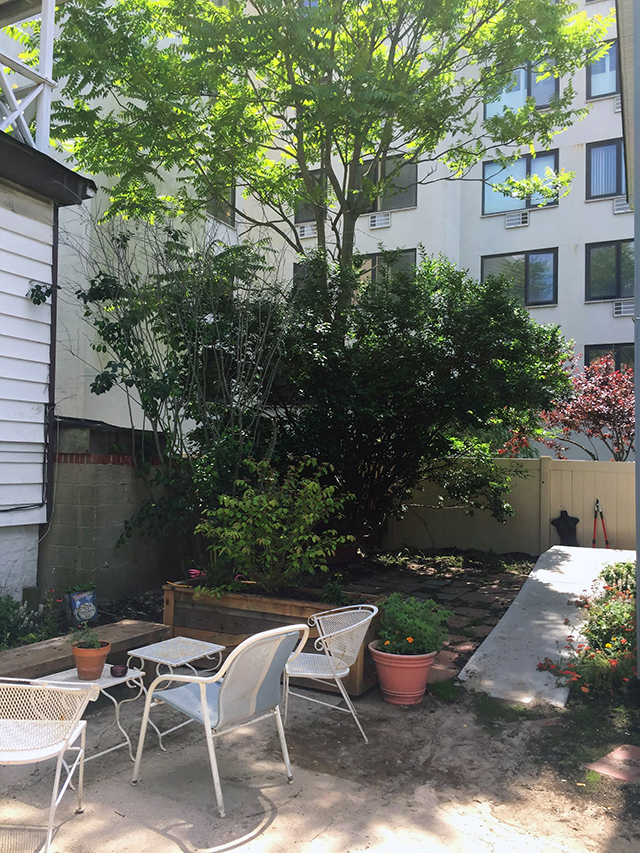
After!

Before
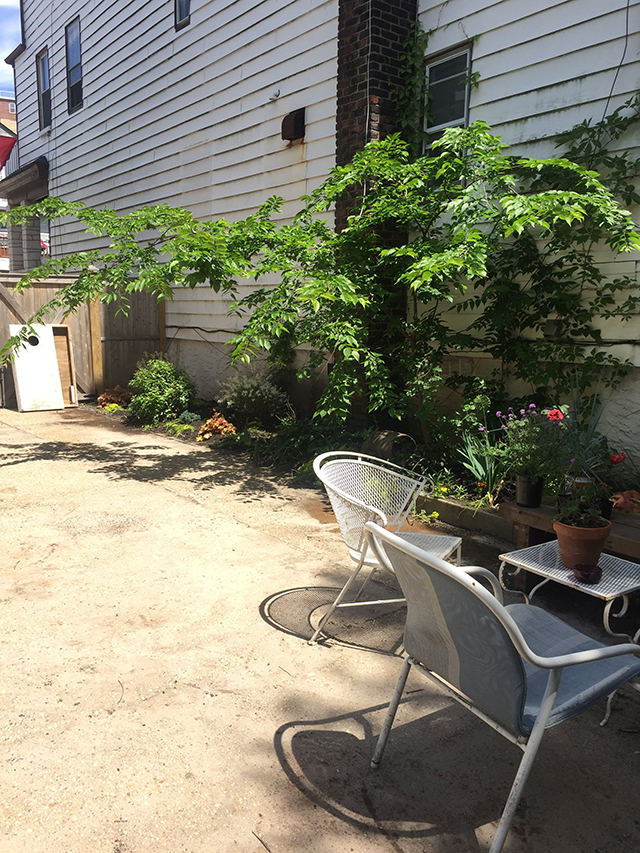
After
by Paula D.
on June 11, 2018 4:15 pm in Food
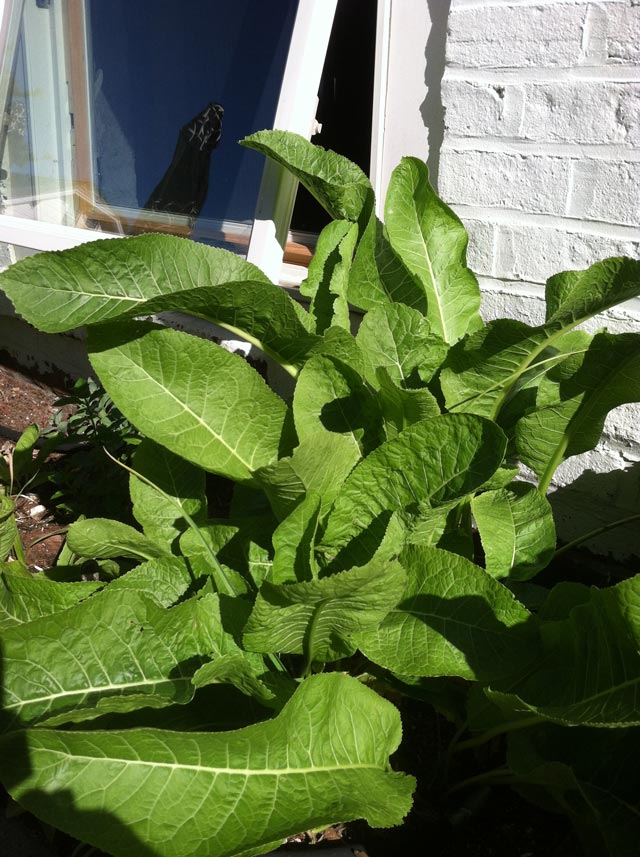
First off, horseradish is terrific in a Bloody Mary – let’s get that out of the way. It’s thought to be native to southeastern Europe and western Asia. It’s used as a spicy condiment… and in Bloody Marys. On a more sacred note, it’s also commonly used in Passover dinners as the bitter herb.
But it’s not an herb! Even more strange, it has nothing to do with horses and it is not a radish. It’s a perennial root crop, part of the Brassicaceae family which includes mustard, wasabi, broccoli, and cabbage. Interestingly, wasabi (the Japanese condiment), is now usually made with horseradish due to the scarcity of the wasabi plant, which is extremely difficult to grow commercially. It’s hard to mimic the mountainous regions of Japan where it naturally grows. Or to put it another way, it’s super expensive. So wasabi’s cousin – horseradish – is dyed green, mushed up and is what you’re most likely eating when you go out for sushi. Sorry to be a buzzkill.
My mother-in-law Maureen planted horseradish two years ago and has been propagating the root ever since. It’s the type of plant that keeps on giving, spreading like mint and strawberries. Cultivating horseradish is easy, so get a plant and put it in the ground right now – it’s not too late. It’s large green leaves will grow lushly and later in the summer you’ll start to see baby plants (offshoots). When the leaves die back at first frost, pull up the root and cut off the top two inches. Re-plant that, and harvest the rest. The following spring, the plant will regrow from the two inch clipping planted the year before. It’s that simple really.
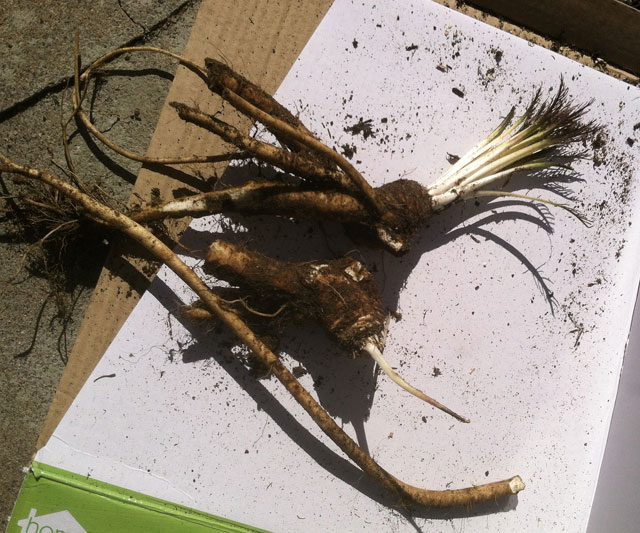
With your root harvest, make homemade horseradish. Wash the root thoroughly with a small nail brush or rough cloth to get all the dirt off. Once clean, peel and cut the root in 1 inch pieces. Chop it in the food processor. A couple of spins in the chopper and it will have the consistency of the bottled stuff. My Mother-in-law first tried peeling and grating the horseradish root but the odor was too pungent and irritating. She warned me, “Do not touch your eyes or face without washing your hands first. It’s 1,000% more powerful than when you cut into an onion!” Once the root is exposed, the cells are crushed, an oil known as isothiocyanate is released which causes intense irritation to your eyes and skin. This oil is a natural defense mechanism for the plant in the wild. While making the horseradish a bit milder, vinegar stops the reaction and stabilizes the flavor. So preserve in vinegar and refrigerate up to 6 weeks.
Imagine when you tell your guests at brunch that the Bloody Marys you just served were made with cultivated horseradish from your garden… oh the glory!
If all this horseradish talk has got you fixin for some, try this delicious recipe that Maureen sent to me. Best on some barbecued steaks I would imagine!
Zesty Horseradish Dressing
Ingredients:
1 Cup Mayo
6 tsp. Horseradish
2 tsp. Dijon Mustard
2 tsp. Lemon Juice
Salt and pepper to taste.
Directions: combine all ingredients, cover and refrigerate.















